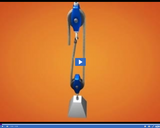
A block and tackle consists of two or more pullies used together.
- Subject:
- Science
- Provider:
- Utah Education Network
- Author:
- Visual Learning Company
- Date Added:
- 02/28/2010

A block and tackle consists of two or more pullies used together.

A lever consists of two parts: a bar and a fulcrum. The fulcrum is a fixed point that supports the straight bar and allows the bar to turn or pivot.
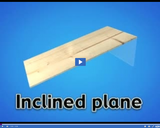
An inclined plane is a flat, slanted surface and is sometimes called a ramp.
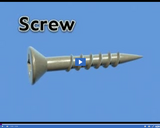
A screw consists of an inclined plane wrapped around a cylinder. As a force is applied, the threads of the screw turn and exert an outward force.
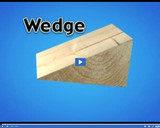
A wedge consists of two inclined planes positioned back to back. Mechanical advantage increases as the wedge gets longer and thinner.

A wheel and axle consists of two circular objects of different sizes. As the wheel grows bigger relative to the axle, mechanical advantage increases.
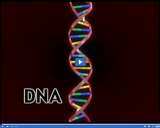
DNA is the fundamental unit of heredity and is found in our cells. It contains the information that living things need to grow and maintain themselves.
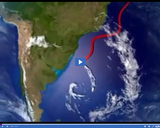
Animation depicts the route Darwin traveled in 1831 for 5 years to various locations around the world, including South America, the Galapagos Islands, and other locations in the Pacific.
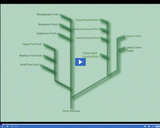
Speciation is the evolution of one or more new species from a single existing species. This diagram depicts the likely evolutionary relationship between different species of finches.
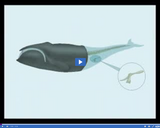
Vestigial structures are structures or remnants of structures that do not have a function. Whales and pythons have vestigial hind leg bones embedded in their bodies, illustrating that they evolved from four-legged ancestors.
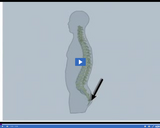
Vestigial structures are structures or remnants of structures that do not have a function. The coccyx, also known as tailbone, is an example of a vestigial structure in humans.
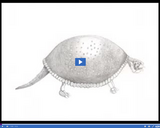
Ancient fossils Darwin found in South America suggested that ancient animals might be related to present-day living organisms.
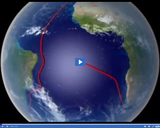
Animation depicts the route Darwin traveled as he returned home to England in 1836, five years after departing on his trip. The information he gathered on this trip led to the theory of natural selection.
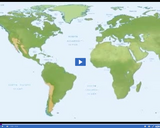
Deserts cover about one-fifth of Earth's surface. Most deserts are located between about 30 degrees north and 30 degrees south latitude.
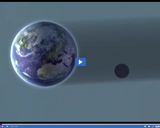
A lunar eclipse occurs when Earth is directly between the moon and sun. In a lunar eclipse the Earth casts a shadow on the moon, causing part or all of the moon to darken to an orange-red color.
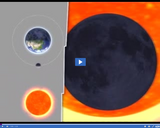
It takes the moon approximately 28 days to revolve around the sun. The moon has four primary phases: new moon, first quarter phase, full moon, and 3rd quarter phase.
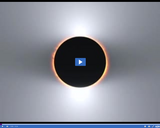
A solar eclipse occurs when the moon passes between Earth and then sun, causing the sun's light to be totally or partially blocked by the moon, casting a shadow on a portion of Earth.
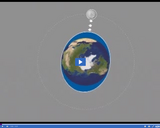
As Earth rotates, the moon's strong gravitational force pulls toward it water on Earth's surface that is closest to the moon. The portion pulled toward the moon causes a high tide, which simultaneously occurs on the opposite side of Earth.
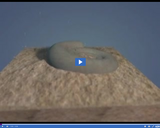
If a plant or animal is buried by sediments, two types of fossils may be formed - a mold or a cast.
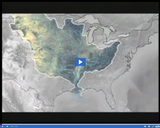
This map illustrates the huge area covered by the Mississippi watershed.